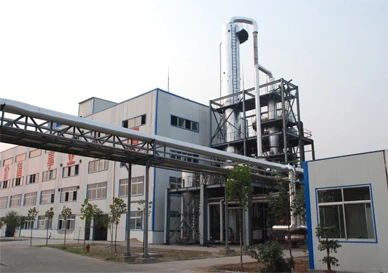









Hydroxyethyl Methyl Cellulose (HEMC) is a non-ionic cellulose ether widely used in the construction, coatings, and personal care industries. Known for its water retention, thickening, and film-forming capabilities, HEMC plays a crucial role in improving product performance, workability, and durability.
This article explores the functional properties of HEMC and its core applications across multiple sectors.
Superior Water Retention and Workability
One of the most important characteristics of HEMC is its ability to retain water in cement and gypsum-based systems. When added to dry mix formulations, HEMC prevents premature water loss, allowing adequate hydration of cement and better curing of mortars.
This leads to multiple performance advantages:
Extended open time, allowing workers more flexibility during application
Improved adhesion, reducing detachment or cracking
Enhanced smoothness, reducing trowel drag and tool effort
HEMC’s water retention property is especially critical in hot and dry climates where evaporation is rapid. It enables consistent setting and bonding of:
Tile adhesives
Plastering mortars
Self-leveling compounds
Gypsum renders
By optimizing water behavior in these systems, HEMC helps achieve a better surface finish and stronger mechanical properties.
Thickening and Rheology Control
HEMC also serves as an effective rheology modifier, meaning it can control the flow and consistency of a product. In dry mix mortars and paints, it helps maintain stability and prevents material segregation.
In building materials, this function is essential for vertical applications such as wall plasters and tile adhesives, where HEMC helps to:
Prevent sagging and slipping of tiles
Achieve better anti-splash characteristics in cement slurry
Ensure uniform distribution of particles throughout the mix
In water-based paints and coatings, HEMC improves brushability, roller spread, and color leveling. Its pseudoplastic (shear-thinning) behavior allows for easy application at high shear rates and good stability at rest.
Multi-Industry Versatility and Compatibility
Although HEMC is most recognized in construction, its benefits extend across various industries. In personal care, it acts as a thickener and emulsifier in shampoos, lotions, and toothpaste. In oilfield drilling, it’s used as a fluid loss reducer.
Here are key application sectors:
Construction: dry mix mortars, tile adhesives, cement renders, EIFS
Paints & Coatings: water-based paints, textured coatings, fillers
Personal Care: skin creams, hair gels, toothpaste
Industrial: detergents, cleaning gels, polymer emulsions
HEMC is compatible with other additives like RDP, starch ethers, and defomers, making it an excellent component in advanced formulations.
Environmentally, HEMC is biodegradable, low in VOCs, and produced from renewable cellulose sources—making it a sustainable choice for modern formulations.
Hydroxyethyl Methyl Cellulose (HEMC) is a high-performance, multifunctional additive that enhances water retention, thickening, and stability in a variety of products. In the construction industry, it enables better workability, improved strength, and superior finishes. In coatings and personal care, it ensures smooth application and product consistency.
With ongoing demand for more efficient and sustainable materials, HEMC remains a foundational ingredient in both traditional and innovative product systems.